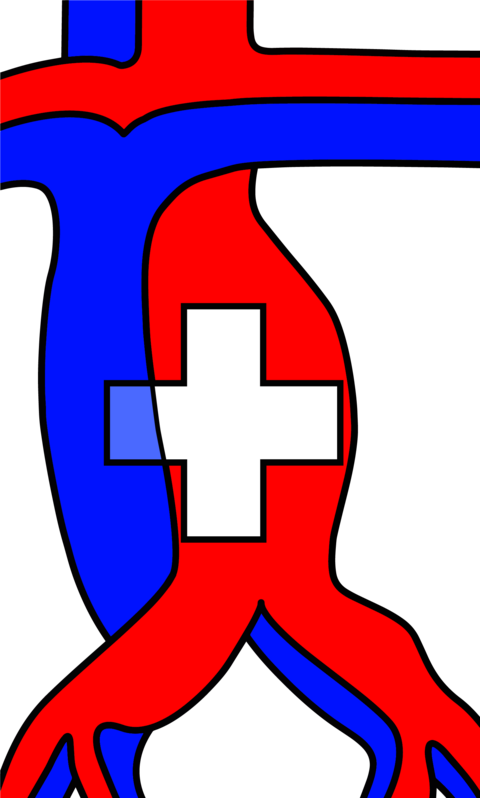The SM-BOSS randomized clinical trial compared the long-term outcomes of laparoscopic sleeve gastrectomy (SG) and Roux-en-Y gastric bypass (RYGB) for severe obesity. Conducted in four centers in Switzerland, the study followed 217 patients for over 10 years. Key findings include:
1. Weight Loss: In the intention-to-treat (ITT) analysis, there was no significant difference in percentage excess BMI loss (%EBMIL) between SG (60.6%) and RYGB (65.2%). However, the per-protocol (PP) analysis showed superior weight loss for RYGB (65.9%) compared to SG (56.1%).
2. Obesity-Related Diseases: Both procedures significantly improved obesity-related conditions like type 2 diabetes (T2D), dyslipidemia, and obstructive sleep apnea (OSA). T2D remission rates were 61% for SG and 71% for RYGB, but the difference was not statistically significant. SG patients experienced more de novo gastroesophageal reflux disease (GERD) compared to RYGB.
3. Complications and Reoperations: SG had a higher conversion rate (29.9%) compared to RYGB (5.5%), often due to suboptimal clinical response or GERD that continued in follow-up exceeding 10 year s in SG. Overall complication rates were similar between the groups.
4. Quality of Life: Both procedures improved quality of life after 10 years, with no significant difference between SG and RYGB.
Conclusion
RYGB demonstrated superior long-term weight loss and better control of GERD compared to SG. SG patients had higher rates of conversion to other procedures, reflecting challenges with recurrent weight gain and reflux.
The study highlights the advantages of RYGB in achieving sustained weight loss and managing GERD, while both procedures effectively improve obesity-related comorbidities and quality of life.
Interview with Prof. Ralph Peterli (Basel)
What inspired you to conduct this study?
I had experience with sleeve gastrectomy (SG) in the late 90’s as part of the bilio-pancreatic diversion “duodenal switch” (BPD-DS). As an isolated bariatric procedure it was first published in 2003. It soon became clear that it could be a serious alternative to the gold standard, the Roux-Y-gastric bypass (RYGB). The only way to find out the value of SG was to compare the two procedures in a randomized controlled trial.
Were there any unexpected findings
Not so much the clinical results but the mechanistic trials we did in subgroup analyses comparing the two with meal stimulated gut hormone, bile acids, and adipokines profiles. Up to then, the deviation of the food passage from the duodenum seemed to be responsible for the weight independent benefits of gut hormones such as GLP-1, GIP, PYY, CCK etc. It was a big surprise that the postprandial increase of GLP-1 did not differ significantly between RYGB and SG. The latter allowing the food to pass through the duodenum.
What is the direct impact on the surgeon's work?
The significant better weight loss after RYGB compared to SG in the long-term follow-up may not be clinically so relevant. But the very high rate of conversions after SG due to reflux, suboptimal clinical response or both will have an important impact in the decision process together with the patient as to which procedure to undergo. In some countries, a second operation is not covered by health insurance thus, leading to an undertreatment of many patients. In addition, the long-term effect of acid reflux to the esophagus remains to be further observed.
What is your learning point from this project?
It was my second RCT I was involved and the first one as principle investigator. Looking back I would probably change the design a little and have contracts with the participating centers to stay on board and deliver the data as expected.
Are there any subsequent projects planned?
There are a number of trials ongoing and in the planning. For example the multicenter RCT comparing long and short bilio-pancreatic limb in RYGB (SLIM) measuring the total bowel length to determine the “ideal” limb lengths in RYGB with more than 800 patients enrolled. We are in the process of analyzing the one-year results. Another trial is hopefully soon to be started, the STEPS trial to compare different conversion procedures after suboptimal results after SG. We have a number of metabolic-bariatric centers in Switzerland and abroad that participate in these trials and a national and international research network supporting us.








